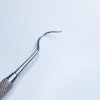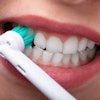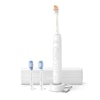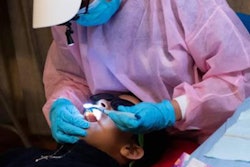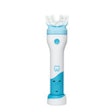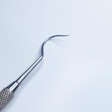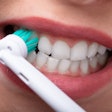
Chewing sugar-free gum may help reduce the further development of dental cavities in children, according to a systematic review published November 19 in the Journal of Dental Research Clinical & Translational Research.
Using sugar-free gum may be a supplement to preventive oral health routines, since it produced effects in reducing the advancement of dental caries comparable to other interventions, such as supervised toothbrushing programs and oral health education, wrote the authors, led by J.T. Newton from the faculty of dentistry, oral, and craniofacial sciences at King's College London, Guy's Dental Hospital, in London.
"There is evidence to support the use of sugar-free gum in the control of dental caries in children," the team wrote.
In recent years, chewing sugar-free gum has emerged as a possible adjunct to existing caries prevention strategies. Scientists have found that chewing gum that doesn't contain sugar increases saliva flow, which can act as a natural barrier to protect teeth, and it is incompatible with caries-risk behaviors such as overconsuming sweetened foods and drinks. Also, sugar-free gum can act as a carrier for antibacterial ingredients, including xylitol and sorbitol.
The researchers analyzed studies published between 1946 and 2018, identifying a dozen that explored the effects and intervention outcomes of chewing sugar-free gum on oral health conditions -- specifically, dental caries in adults and children. Most of the subjects in the studies analyzed were children ranging in age from 4 to 14. A grant from Mars Wrigley and the Wrigley Oral Healthcare program funded the research.
Sugar-free gum was found to reduce caries advancement, with a preventative fraction of 28%, according to the authors.
There were no reports of adverse events in any of the studies analyzed. However, clinicians should be cautious when drawing conclusions from this review due to several limitations, including the exclusion of studies not written in English. Six studies that related specifically to the relationship between gum and caries were excluded because they were written in other languages.
Furthermore, clinicians should exercise care when generalizing the results for those other than children and young people, because only one of the 12 studies analyzed included adult participants.
The authors plan to do further research to determine the acceptability and feasibility of using this method in public health.
"With consideration of cost and patient preference, this information could help to develop national policy directives on caries prevention and dictate the direction of future clinical research," they wrote.


